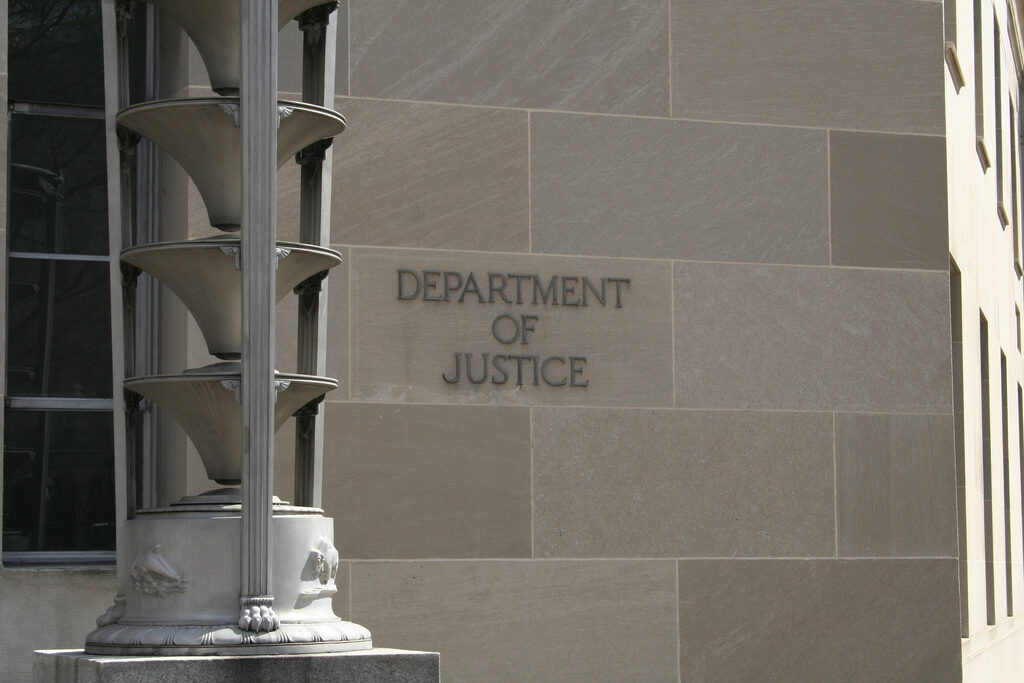A panel of federal judges has ruled that conditions in California’s overcrowded prisons violate the constitution. Quoting Governor Arnold Schwarzenegger’s words from 2006, the court found that "immediate action is necessary to prevent death and harm.” The state must formulate a plan by mid-September to reduce the prison population by nearly 43,000 inmates over the next two years.
As the state scrambles to comply with the order, they should look to successful reforms in other states that are reducing crime, saving money, and upholding constitutional values.
While the nation is debating hot button issues like health care reform and economic recovery, states around the country have been quietly reforming their criminal justice laws to prioritize rehabilitation and prevention over retribution and execution.
Texas—long known for harsh criminal justice sentencing—is investing in drug courts, where people can avoid prison by undergoing treatment and submitting to close supervision by a judge. The state has also reduced its average probation time from 10 years to 5.
Maryland now has one of the country’s most advanced community-based corrections programs and has made significant investments in drug treatment programs. New York has rolled back its harsh Rockefeller drug laws, under which many people have languished in prison for decades based on low-level drug convictions.
New Mexico, New York, and New Jersey have all ended the death penalty after many years. And Rhode Island has restored the right to vote to people who’ve served their time for felony offenses, with other states contemplating similar moves.
In some important instances, the federal government has quietly followed suit. In 2008, President Bush signed into law the Second Chance Act, to help people with criminal records reenter society. President Obama’s Drug Czar, Gil Kerlikowski, is pushing for treatment over incarceration. And centrist Virginia Senator Jim Webb is pushing for a blue ribbon commission on reforming the nation’s incarceration practices.
Why is this happening now? Three factors: Crime, Cost and the Common Good. Crime is at historic lows, states are strapped for cash, and they are realizing that it is in everyone’s interest to rehabilitate rather than incarcerate people forever or execute them.
These governments are finding that investing in crime prevention and the opportunity for rehabilitation promotes public safety and saves money. And they are finding that, in resisting those measures, they’ve been behind public opinion, which has favored rehabilitation for several years now.
Despite more than a decade of falling crime rates, the US has the world’s highest incarceration rate—more than one out of every 100 adults in the US is in prison or jail; that’s the highest rate in our nation’s history, and the highest in the world. But that may be starting to change. States and the federal government are increasingly investing in drug treatment over imprisonment, in community policing over aggressive sweeps of neighborhoods, and in solutions like drug courts that help people get back on track.
California can learn from examples around the country. As Prison Law Office Director Donald Specter told the LA Times, "If done right, this could be a win-win situation for the entire state, as the prisons will be safer for my clients and the staff who work there, taxpayers will save hundreds of millions of dollars a year and communities will be safer as a result."
In this economy, however, the biggest question is whether the rehabilitation programs that make these changes work—and that make them economical in the long run—will continue to be funded. Without them, we may see a new cycle of crime and over-incarceration.
This post first appeared at OurFuture.org. Read more at The Opportunity Agenda website.
